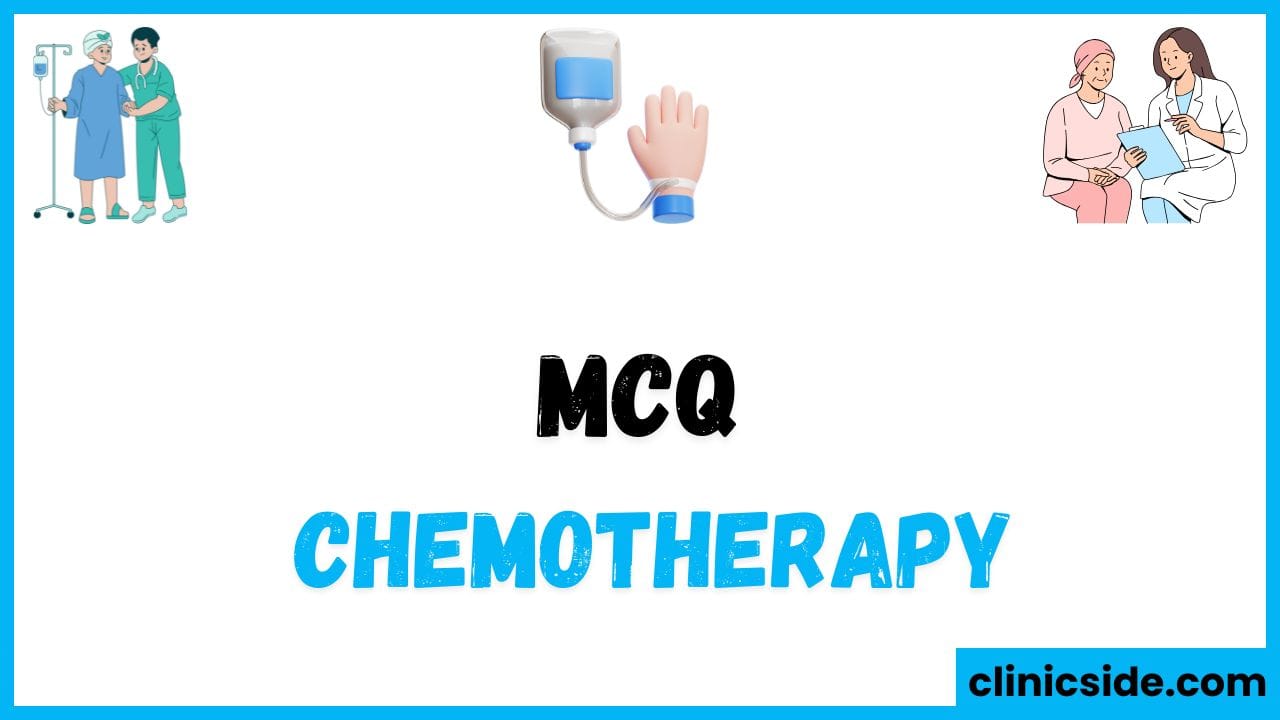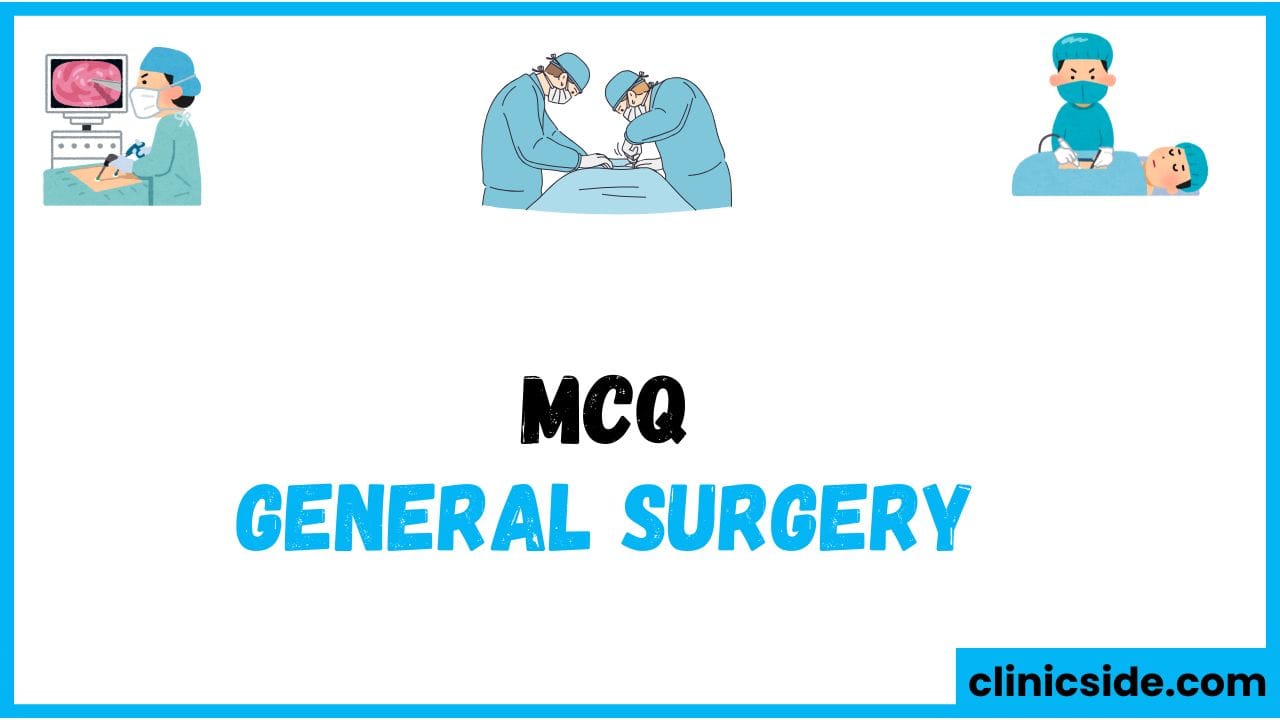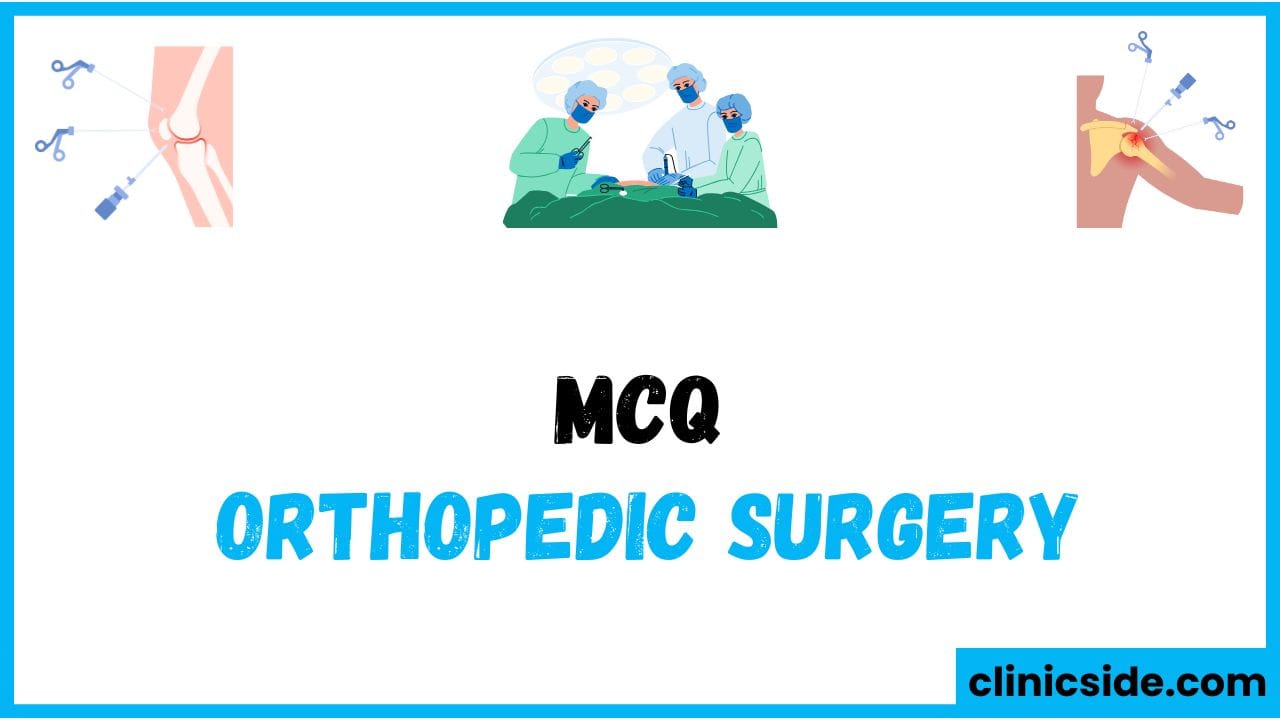Quiz
Available options: 1 to 20
Summary of Chemotherapy-Related MCQs
Characteristics of Cancer Cells
Cancer cells are known for their uncontrolled growth, which occurs through rapid and unregulated cell division. This characteristic makes them vulnerable to chemotherapy, which specifically targets and disrupts the processes involved in cell division. By inhibiting the uncontrolled replication of these cells, chemotherapy helps in reducing tumor growth.
Chemotherapy and the Cell Cycle
Chemotherapy drugs often work by targeting specific phases of the cell cycle, especially the S-phase, during which DNA replication occurs. Antimetabolite agents interfere with this phase by preventing the synthesis of DNA, halting cell replication. This action is crucial in reducing the proliferation of cancer cells, which is necessary to control cancer growth.
Neoadjuvant vs. Adjuvant Therapy
Chemotherapy is used in two primary ways in relation to surgery: neoadjuvant therapy and adjuvant therapy. Neoadjuvant therapy is given before surgery to reduce the size of tumors, making them easier to remove. After surgery, adjuvant therapy is used to eliminate any remaining cancer cells and lower the chance of recurrence, ensuring a more complete treatment outcome.
Mechanism of Alkylating Agents
Alkylating agents, such as cyclophosphamide, function by attaching alkyl groups to DNA, leading to strand breaks. This damage prevents the cancer cell’s DNA from replicating properly, effectively stopping its growth. Alkylating agents are a vital component of chemotherapy regimens and are used to treat a wide range of cancers.
Purpose of Combination Chemotherapy
Combination chemotherapy involves using multiple drugs that target different aspects of cancer cell growth. This strategy is employed to prevent cancer cells from developing resistance to a single drug. By attacking various mechanisms within the cells, combination therapy increases the chances of successful treatment and reduces the likelihood of resistance.
Dose-Limiting Side Effects
A major concern with chemotherapy is its side effects, especially myelosuppression, which refers to the suppression of bone marrow activity. This can lead to a decrease in the production of blood cells, causing anemia, infections, or bleeding issues. These side effects can limit the amount and effectiveness of chemotherapy that a patient can safely tolerate.
Routes of Chemotherapy Administration
Chemotherapy drugs can be administered via different routes, with intravenous (IV) being the most common. This method ensures that the drugs are quickly distributed through the bloodstream, providing efficient treatment. Other methods, including oral, subcutaneous, and intramuscular administration, may be used based on the type of drug and the patient’s condition.
Mechanisms of Specific Chemotherapy Drugs
Chemotherapy drugs work through various mechanisms to target cancer cells. Methotrexate inhibits dihydrofolate reductase, an enzyme critical for DNA synthesis. Taxanes, such as paclitaxel, prevent the proper formation of microtubules, which are needed for cell division. Anthracyclines, like doxorubicin, interfere with DNA replication by inserting themselves into DNA and inhibiting its unwinding during cell division.
Side Effects and Toxicities
Chemotherapy can cause several side effects, some of which are severe. Cisplatin, for example, can lead to peripheral neuropathy, which causes pain and numbness in the nerves. Other common side effects include fatigue, nausea, and hair loss. In some cases, drugs like mesna are used to protect against the toxic effects of chemotherapy, such as hemorrhagic cystitis caused by cyclophosphamide.
Role of Monoclonal Antibodies
Monoclonal antibodies have become important tools in cancer treatment. These antibodies are specifically designed to bind to cancer cells and target them for destruction. Rituximab is an example of a monoclonal antibody used to treat lymphomas. These antibodies either directly kill cancer cells or help the immune system recognize and destroy them, providing a more precise and targeted approach to cancer therapy.
Conclusion
Chemotherapy is a central part of cancer treatment, utilizing various drugs that act on different stages of cancer cell growth. From blocking DNA replication and cell division to targeting specific cancer markers, chemotherapy agents work in diverse ways to manage cancer. Although side effects, such as myelosuppression, neuropathy, and nausea, are significant challenges, new strategies are being developed to reduce these impacts. Combining drugs, understanding their mechanisms, and tailoring treatments to individual patients’ needs continues to enhance the effectiveness of chemotherapy and improve cancer outcomes. Through these advancements, chemotherapy remains a powerful tool in the fight against cancer.





